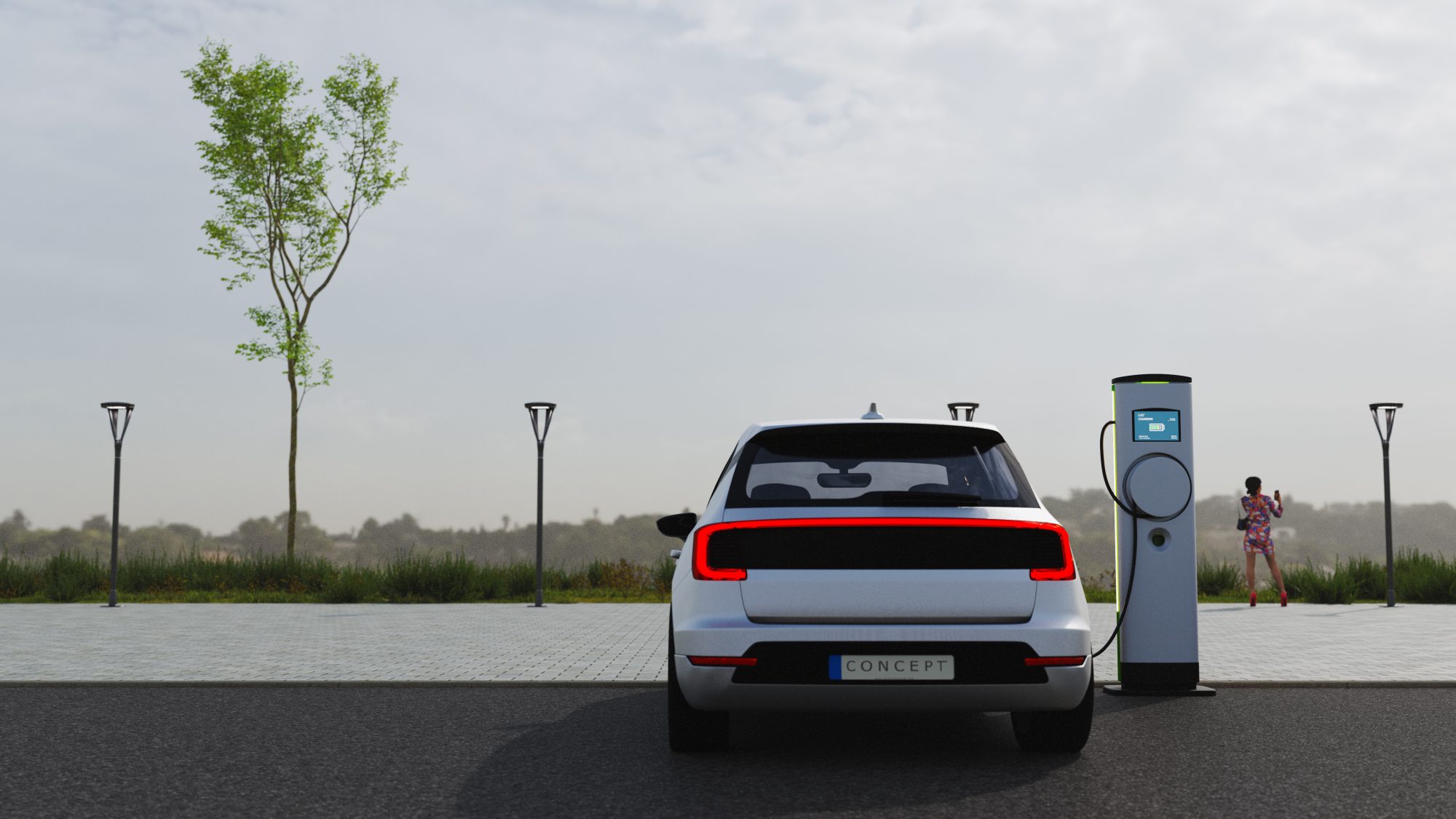From harnessing data to support EV uptake to ensuring the availability of EV charging stations, Beverley Wise, Webfleet Regional Director UKI at Bridgestone Mobility Solutions, shares key criteria to help make the switch to greener transportation more straightforward and cost-effective
Local authorities face mounting pressure to accelerate our journey to net zero transport by helping expand local EV charging stations.
At the same time, they have been tasked with leading by example by developing and implementing plans to electrify their commercial vehicle fleets. As a result, public sector budgets may be stretched like never before. Still, all-electric vehicles (EVs) adopted to replace fossil-fuelled equivalents will ultimately help contribute to long-term carbon reduction.
With careful planning and management insights, the total cost of ownership (TCO) of electric vehicles over the fleet lifecycle – the cost of procuring, operating, and maintaining them – can prove lower than like-for-like internal combustion models.
How can the public sector’s fleet sustainability ambitions be best realised?
Careful decision-making calls for meaningful, actionable insights, which have been made possible by advances in dedicated EV software solutions. Such solutions, and the data they impart, underpin the following key steps to ensuring electrification takes place cost-effectively and with minimal disruption.

Plan the operational nature of journeys and telematics insights
The Department for Transport advises local authorities to ‘identify which vehicles would be relatively straightforward and cost-effective to switch to zero-emission equivalents.’
Digital tools such as the Webfleet Fleet Electrification Report can simplify this task, helping establish the typical mileage drivers undertake.
Drawing upon data from existing vehicles, maximum daily ‘real world’ mileages can be selected by transport managers, along with criteria ranging from road types to standstill times. By doing so, they can identify their internal combustion engine (ICE) vehicles that could be readily replaced with EV alternatives without compromising service delivery.
Consideration should also be given to the operational nature of journeys; telematics insights can also shed light on these.
Although EV choice is improving, fleets should pay heed to payload requirements. The greater the payload weight requirements, the greater the impact on a commercial vehicle’s range, which can, in some cases, put a question mark over their suitability for longer journeys.
Other business prerequisites, such as the need to tow civil plant or other equipment, should be considered.
Fleet financing models need to be carefully reviewed to ensure they dovetail with adoption timelines. For example, a large proportion of public sector vehicles are leased so that EV deployment will be carried out on renewal.
Consideration of EV charging stations and availability
Electric vehicles must be charged to meet daily journey requirements and operated in a way that maximises range and optimises productivity.
Consideration of EV charging stations and availability is therefore crucial. This should include local public charging provision, opportunities for charge station installations at drivers’ homes, should they take vehicles home overnight, and the requirements for chargers at council depots or car parks.
For Leeds City Council, for example, constrained supply at several council sites led to the introduction of a home charging scheme, which proved a less expensive option than energy capacity upgrades.
Whatever the preferred strategy, a clear EV charging policy will need to be drawn up and shared with all employees, outlining charging and payment procedures, car park charging practices, and the processes for reimbursing charging expenses, either on a per-mile or per-kWh basis.
But, again, automated systems for reimbursement can help reduce the administrative burden.
EV software solutions can once again support effective charging practices. Webfleet, for example, enables businesses to monitor the real-time battery levels and remaining driving ranges of their vehicles. Managers have visibility over vehicle charging statuses and remaining charging times, while mapped coverage of charging points helps drivers find the closest EV charging stations via their navigation devices.
Upskilling your drivers needs to be meaningful
Driving technically advanced EVs requires appropriate employee support and training to equip them with the knowledge and skills to drive their vehicles safely and efficiently.
Beyond a simple list of dos and don’ts at handover, a comprehensive training programme should be introduced, covering all the nuances of EVs, such as regenerative braking and preconditioning.
Coaching should be prolonged and tailored to meet individual driver requirements for standards to be sustained. This calls for meaningful performance insights.
Telematics platforms enable fleet managers to compare drivers’ energy performance or analyse kinetic energy recovered through regenerative braking. Miles per kWh can also be optimised by monitoring speeding incidents, harsh acceleration, and braking.
“With careful planning and management insights, the total cost of ownership (TCO) of electric vehicles over the fleet lifecycle – the cost of procuring, operating, and maintaining them – can prove lower than like-for-like internal combustion models.”
Optimising operational efficiency
Once EVs have been introduced, a plan should be in place to minimise energy costs and optimise fleet performance and productivity.
Fleet management solutions can again play a helpful role, enabling the best routes for electric vehicles to be calculated, taking account of vehicle battery levels, capacity, energy consumption and charge point locations.
Access to information on charging statuses can also prove helpful.
For example, the Webfleet Charger Connection Report helps fleets understand why electric vehicles are at their current charge level, offering insights into the charging process, including time, location, and duration.
The power of empiricism
There is always something new to learn as the e-mobility landscape evolves. Thankfully, information is becoming more readily available each week, with a growing corpus of empirical advice, shared knowledge and guidance from organisations ranging from the Local Government Association to the Energy Saving Trust. Taking heed of those that have blazed a successful trail before you – and how they have leveraged digital insights – can be invaluable.
For example, Oxford Direct Services (ODS) manages a fleet of over 300 vehicles to maintain the Oxford City Council’s housing stock, parks, highways, streets, and waste disposal, teamed up with Bridgestone Mobility Solutions. Vehicle insights from Webfleet have been fed into Oxford’s Fleet Reporting Database, with outputs used to support learning and evaluation at Energy Superhub Oxford, an ambitious initiative to decarbonise Oxford by 2040.
With access to data intelligence, the journey to an electric transport future that is both environmentally and financially sustainable promises to be less challenging and all the more rewarding.

This work is licensed under Creative Commons Attribution-NonCommercial-NoDerivatives 4.0 International.











